Block Play: Benefits & Stages in Childhood Development
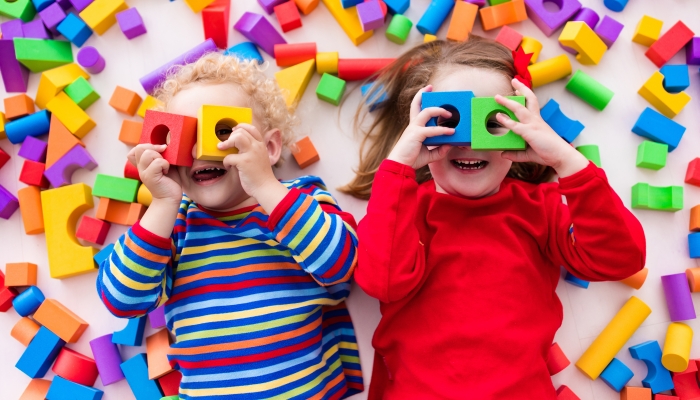
- Block play is when children open-endedly play with blocks without rules or guidelines.
- There are seven stages of block play children go through as they age.
- Some benefits of block play include improved math, problem-solving, social, emotional, language, and motor skills.
Walking down a store’s toy aisle is enough to give any parent a migraine considering the amount of flashing lights and sounds most toys come with. Do our kids love them? Absolutely. Do these types of toys actually teach them anything? Not necessarily.
If you’re looking for a timeless toy that helps develop many skills, look no further (and put your migraine pills away)—blocks are your answer.
As it turns out, block play encourages fine motor and gross motor skills, cognitive development, mathematical awareness, and even social-emotional learning. As seemingly simple as blocks are, they pack a big punch when it comes to early childhood development.
What Is Block Play?
Block play is allowing children to open-endedly play with blocks without giving them a set of rules or guidelines. While children are engaged in block play, they should use their imaginations to construct or deconstruct whatever they like.
Block play is less about adults teaching children lessons and more about allowing them to use their creativity.
Most importantly, during block play, children should experience freedom. They are in control of their creations, and they can decide to build upon or demolish those creations if they wish.
Examples of Block Play in Children
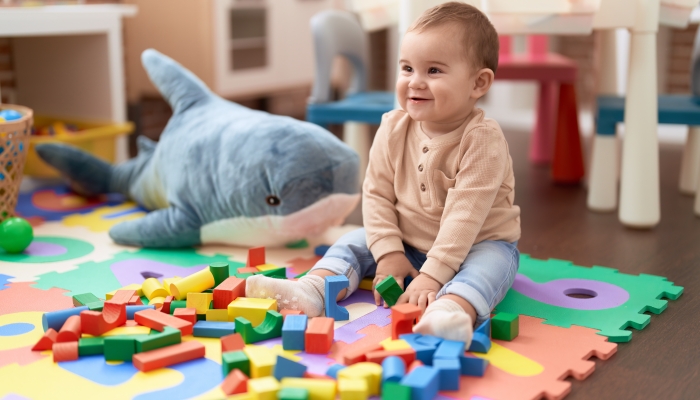
Block Play in Babies & Toddlers
- Feeling blocks with their hands
- Passing blocks from one hand to the other
- Banging blocks together
- Putting blocks in their mouth
- Putting blocks into containers
- Carrying blocks from one place to another
- Dumping out blocks from a container
- Searching for a hidden block (i.e. under a blanket or behind another object)
- Stacking blocks as high as they can and then knocking them over
Block Play in Preschoolers
- Building a block tower and counting how many blocks they used
- Copying block structures from picture cards
- Using blocks to measure objects
- Imitating structures built by adults
- Using play dough to connect blocks together while building
- Building a house with blocks
- Sorting blocks by color, shape, size, and material
Block Play in School-Age Children
- Building a city or town and using props like cars, trucks, toy people and animals, and traffic signs
- Building a zoo with props like toy animals and people, toy fences, fabric pieces, rocks and leaves
- Building a train station with props like toy people, toy trains and cars, tape for tracks, traffic signs
What Are the Stages of Block Play?
There are seven stages of block play that most children progress through naturally as they age and develop:
- Carrying: The first stage beginning in infancy is carrying blocks around, but not using them for building yet. Children explore the blocks by touching, looking, tasting, banging them and dumping them from containers.
- Stacking: As toddlers, children begin stacking the blocks into a vertical tower or horizontal rows.
- Bridging: Children, typically as toddlers, enhance their block play skills by building bridges. They place a longer block on top of two shorter blocks that have a space in between them.
- Enclosures. Children begin using four or more blocks to build a square or rectangular enclosed space. They will turn the blocks in different directions and place them end to end. Eventually, they can create circular enclosures or multiple enclosures joined together.
- Patterns and Symmetry: Children start creating patterns with blocks (usually around ages 3 or 4). They will also begin showing symmetry in their buildings and becoming more imaginative in what they are constructing.
- Early Representation: Children become more purposeful in their block creations (i.e. building a house or other familiar building). Often, they will name their buildings and use them in imaginative play.
- Later Representation: Children’s buildings are very detailed. They show a particular scene or place from real life or their favorite stories, like an imaginary zoo or farm. This is where real dramatic play begins.
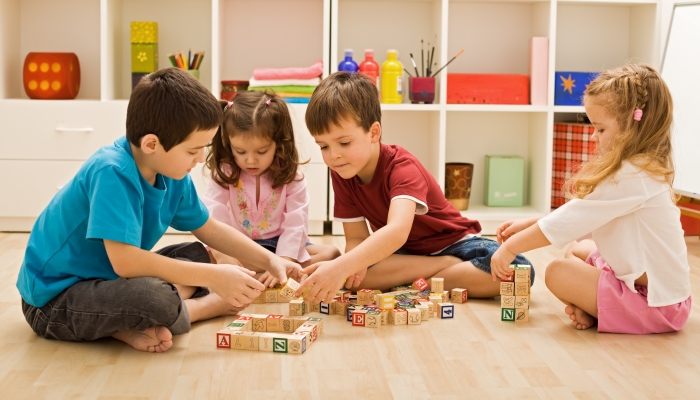
Benefits of Block Play in Child Development
Block play offers many benefits for your child’s development. Here are some reasons to provide young children with opportunities to free play with blocks:
| Benefit | Explanation |
| Improves problem-solving skills |
|
| Fosters creativity and imagination growth |
|
| Encourages self-expression |
|
| Improves math skills |
|
| Improves science awareness |
|
| Grows self-esteem |
|
| Encourages social and emotional development |
|
| Improves physical development |
|
| Enhances communication and literacy |
|
| Builds intellectual skills |
|
10 Ways to Help Encourage Block Play in Kids
- Make an inviting space for block play on a firm, level area.
- Save household materials children can use when building.
- Follow children’s lead during play and allow them to take charge.
- Encourage children to keep trying if things don’t go their way.
- Celebrate with children when they accomplish their building goals.
- Provide sturdy, wooden blocks rather than plastic building blocks or tiny alphabet blocks.
- Provide props like toy animals, cars, people, play dough, toy signs, and items from nature to enhance creativity.
- Provide pictures of different buildings that children can try to recreate.
- Provide different-sized containers for dumping and filling with blocks.
- Take pictures of children’s creations and print them to share in their joy!
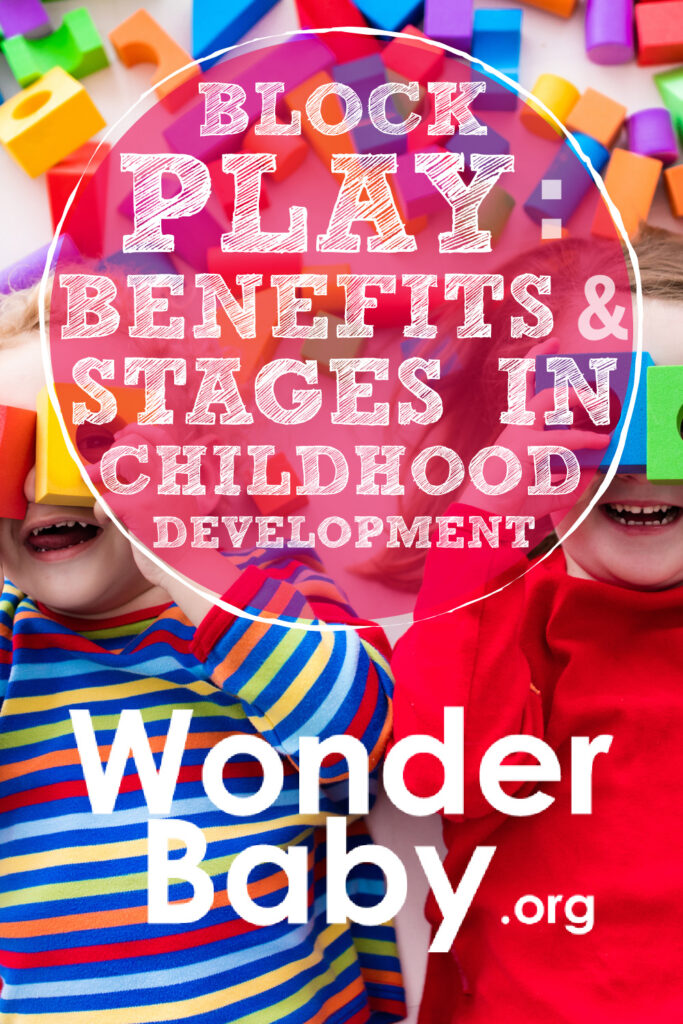
Related Posts
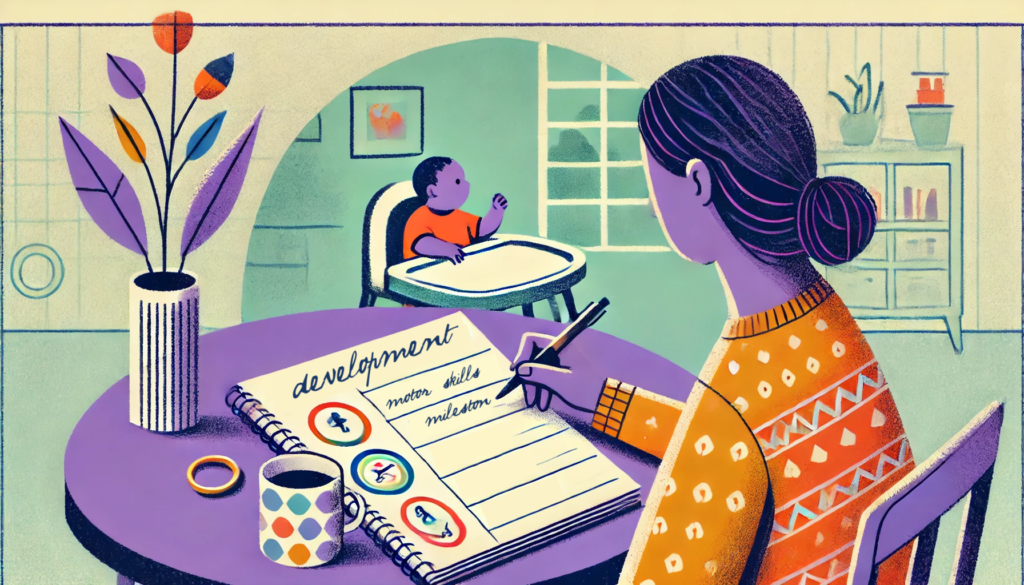
Development, Special Needs
How to Track Milestones for Developmentally Delayed Babies
Parents of developmentally delayed babies can explore practical tools and strategies to track milestones, celebrate progress, and support their child’s unique developmental journey.
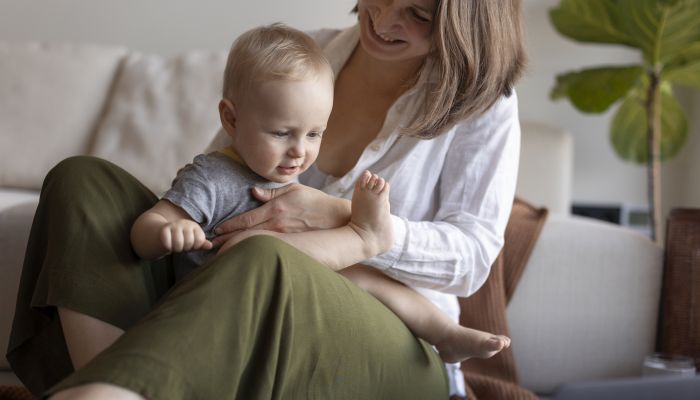
Fine and Gross Motor
5 Alternatives to Tummy Time for Babies with Motor Development Challenges
Does your baby struggle with tummy time due to motor development challenges? These alternatives to tummy time will offer the same benefits.
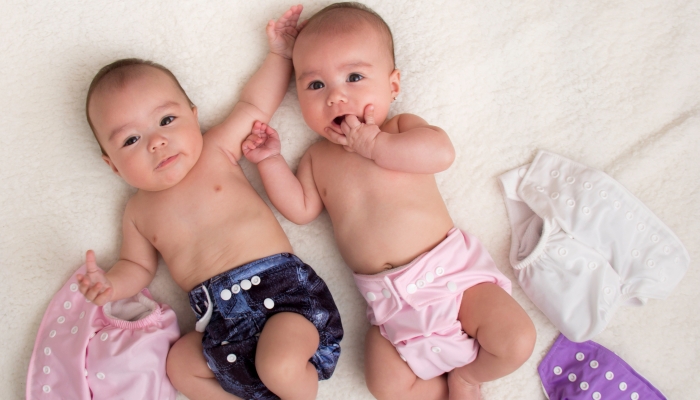
Development
Should Twins Share a Room?
Wondering if your twins should share a room? We’ll explore the pros and cons of room-sharing for twins right here before you make your decision.